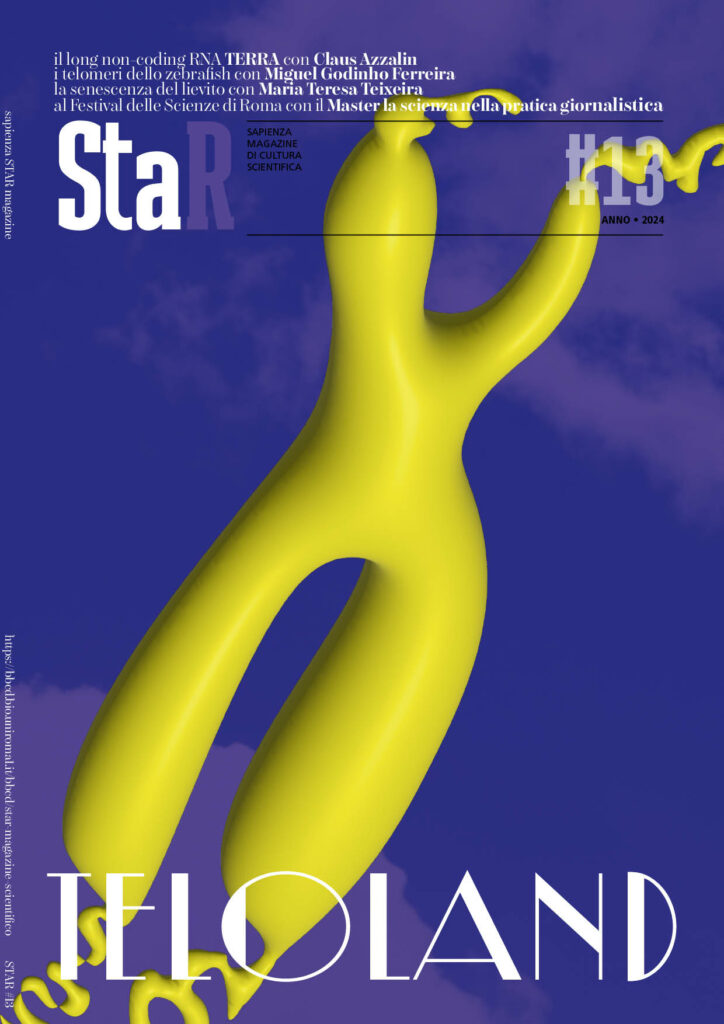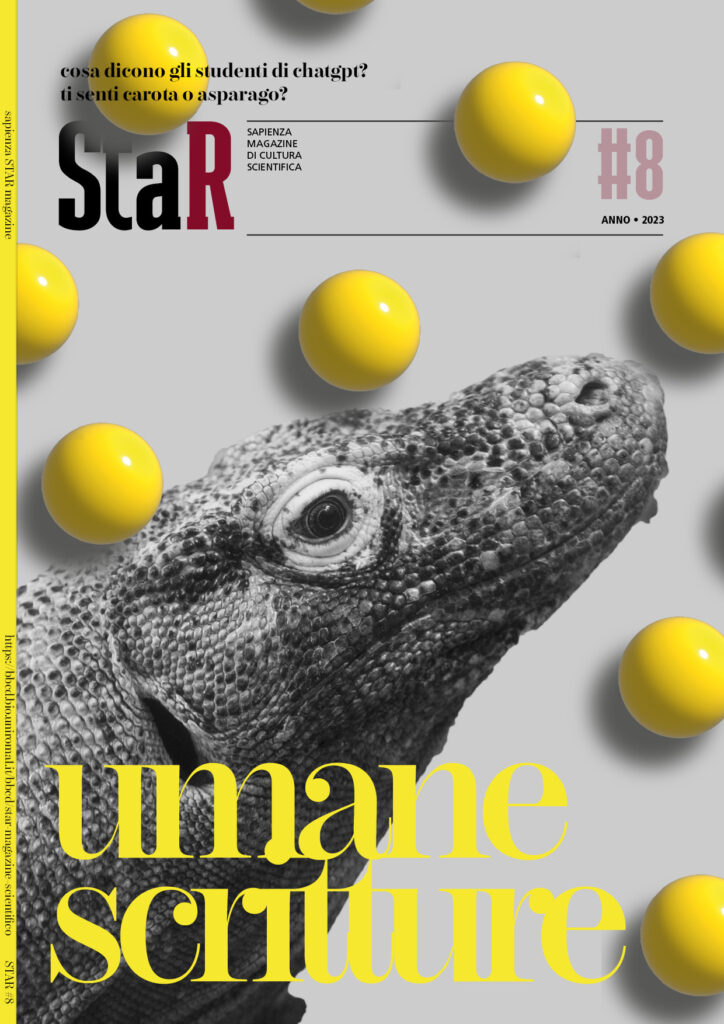
Mal d’afrique
In Africa, to relaunch agriculture the focus is on using crop mechanization and automation. But these technologies could lead to terrible consequences for biodiversity. What is scientists’ point of view?
Precious Banda is a farmer who lives and works in Zambia. Cultivating her hectare of corn costed her enormous effort: hundreds of hours to prepare the fields before sowing, and another hundreds of hours to remove weeds before the harvest. All work done by hand, with a small hoe. Now, things have changed for the better – Precious Banda has a tractor and can count on the collaboration of her neighbors to spread herbicides – but she can still feel the fatigue, even if “life has become easier”. Moreover, the woman noticed something different in her fields. There are far fewer bees buzzing around his farm than there used to be. And there are also far fewer caterpillars, which were an excellent source of food for her and her family.
The story of Precious Banda is the same as the other farmers and shows a phenomenon, the decreasing of bees and caterpillars, that should not be underestimated even if it seems not important compared with such a clear improvement in working conditions. In fact, as recently pointed out in a paper published in the journal Biological Conservation, a team of experts (economists, agronomists and ecologists) from the International Maize and Wheat Improvement Center (CIMMYT), of the Department of Ecology of Tropical Agricultural System at the University of Hohenheim and the Center for Development Research (ZEF) at the University of Bonn: “This story is a perfect example”, explain the scientists, “of the situation that millions of African farmers are facing right now”. To understand the reason and the possible consequences of this phenomenon we need to look to the past and go back to 31 January 2015 when, during the twenty-fourth ordinary Assembly of the heads of state and government of the African Union, the so-called Agenda 2063 was officially ratified. i.e. a set of initiatives to be implemented with the aim of promoting, in Africa, economic development (including the eradication of poverty “within a generation”), political integration (through the founding of a Confederated Union of states), the improvement of democracy, justice, peace and security throughout the continent, the strengthening of African cultural identity and other noble goals. One of the key points to achieve these goals, is to promote the continent’s agricultural development by making crops more mechanized, sustainable and productive and to improve, therefore, the living conditions of those who work there, like Precious Banda.
The authors of the paper cited above pointed out that this could lead to many dangerous consequences. In fact, on one hand, the development of agriculture is necessary to reduce hunger and poverty on the African continent. But, on the other hand, a “wild explosion” of agriculture could lead to a significant loss of biodiversity in Africa which, in turn, leads to other things such as a reduction in food and water security and a decrease in wildlife that, finally, has consequences also for agriculture: a dangerous vicious circle that should be nipped in the bud.
What can we do to prevent all of this? First, we need to deep understand the interactions between agriculture and biodiversity are. In general, each transformation of a wild land into an agricultural use field corresponds to a certain loss of biodiversity. In Africa, as certified by a study published on Science in June 2021, 75% of agricultural growth is linked to the “overflow” of farms into areas previously occupied by forests and savannahs, this has caused the fragmentation of wildlife habitats. But it’s not only a matter of space: intensive agriculture methods – first and foremost the use of herbicides and pesticides – inevitably affect biodiversity, causing many species to disappear or forcing them to move elsewhere.
“The importance of a sustainable agriculture” write the authors of the work, “is finally starting to widely be recognized. But efforts often have to compromise with labor needs. If the trade-offs become too many, biodiversity conservation efforts become futile.”
A study published in April 2019 in the journal Food Policy highlighted how the use of tractors in Zambia reduced the amount of hours needed to prepare a hectare of land from 226 to 10 for sowing; the essay A feminist political ecology of West Africa’s Herbicide Revolution explains that in Burkina Faso herbicides are called “mothers’ little helpers” because they reduce women’s work in the fields.
On the other side, a study published in 2020 in the journal Agronomy, shows that the consequences of mechanization of agriculture are the reduction in the number of trees and the changement of the size and land shape which has resulted in “the loss of agricultural diversity and habitat ‘patchwork’”. Moreover, in that study it is also reported that pesticides have often been used incorrectly, damaging underground life and even polluting aquifers.
Therefore, a compromise is necessary. Experts talk about biodiversity-smart agriculture: a scenario in which “machinery adapts to the size of the fields, and not the contrary. Smaller machines can maneuver more easily between trees, hedges and other elements crucial to biodiversity.” But also, to “adopt biological solutions, such as crop rotation, combined with mechanical solutions (precision spraying) to reduce the quantity of pesticides”, as well as encouraging the creation of “tree islands”, a system which preserves biodiversity keeping the same quantity of harvests. So that it will be possible to minimize the cost of preserving biodiversity (in terms of harvest and hours of work) for the individual farmer and the balance between agriculture economy and biodiversity preservation will be equal.
Sandro Iannaccone, physicist and journalist. He teaches scientific journalism at the master “Science in journalistic practice” of the Sapienza University of Rome

















Commenti recenti